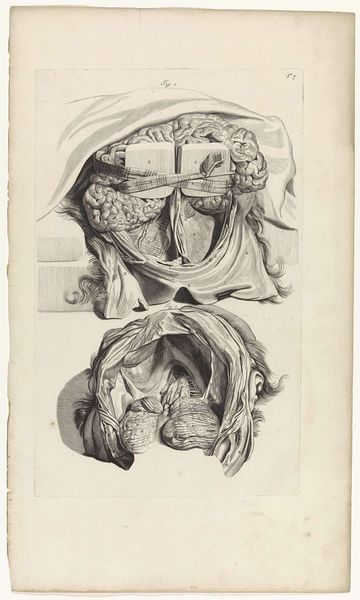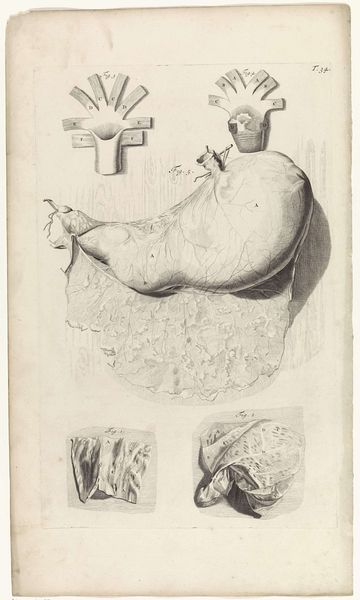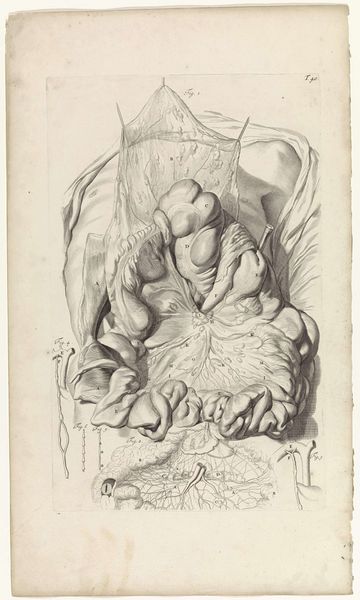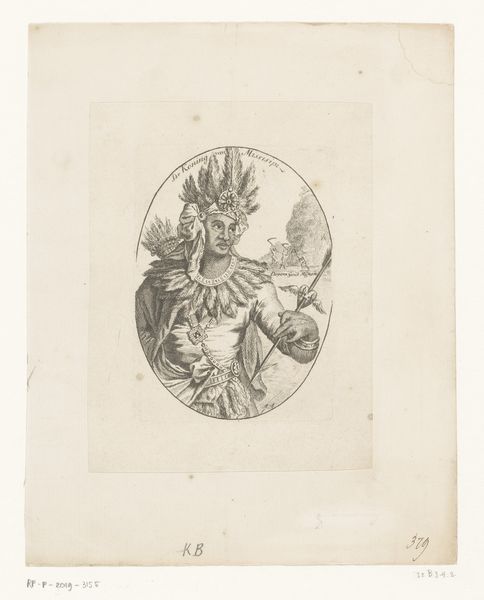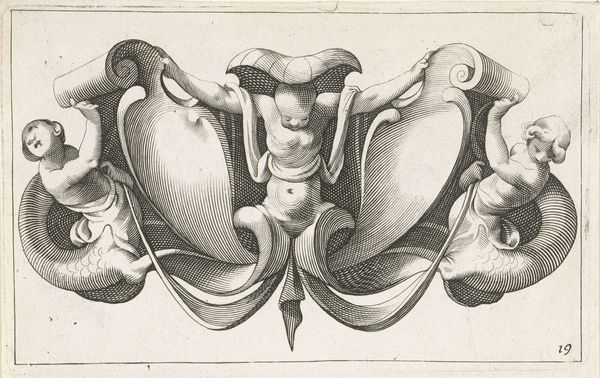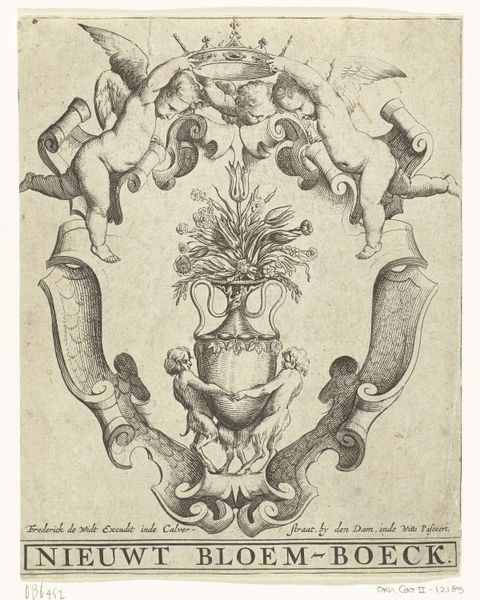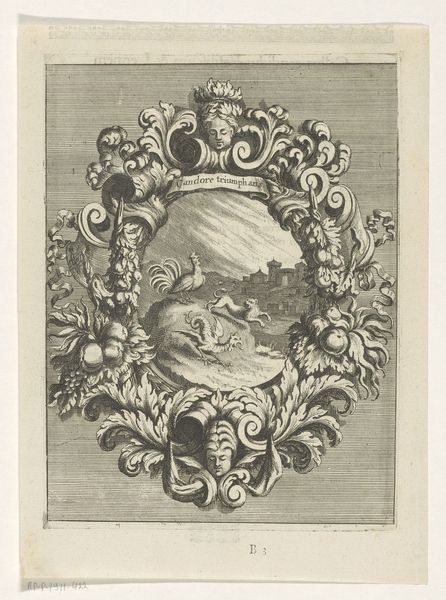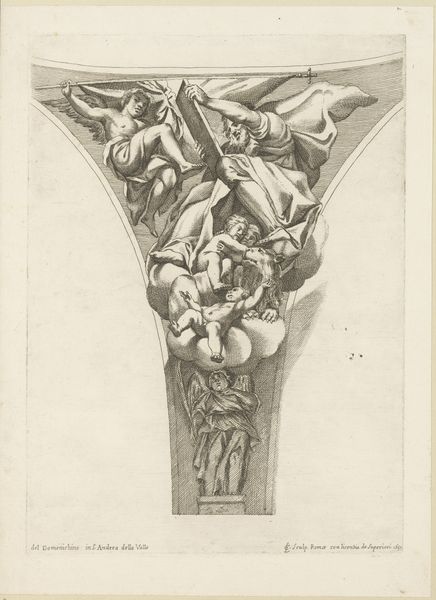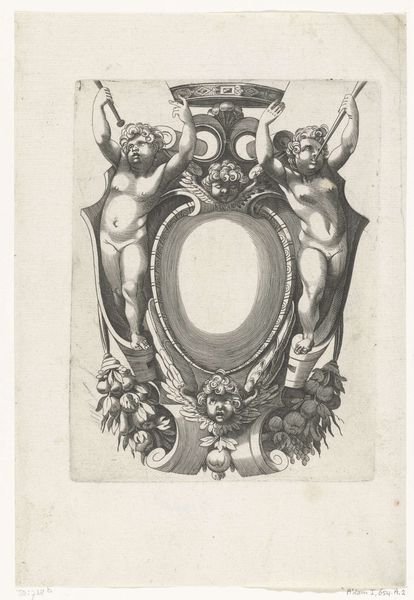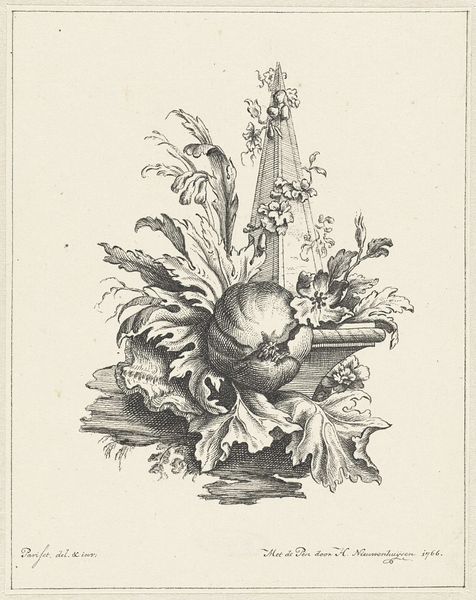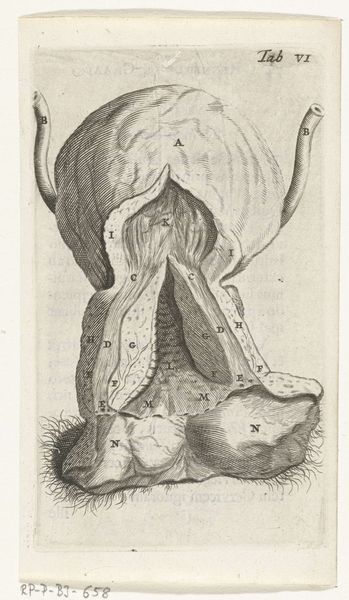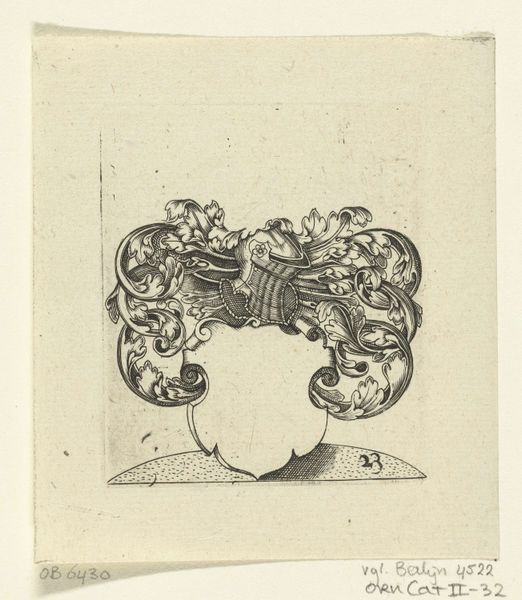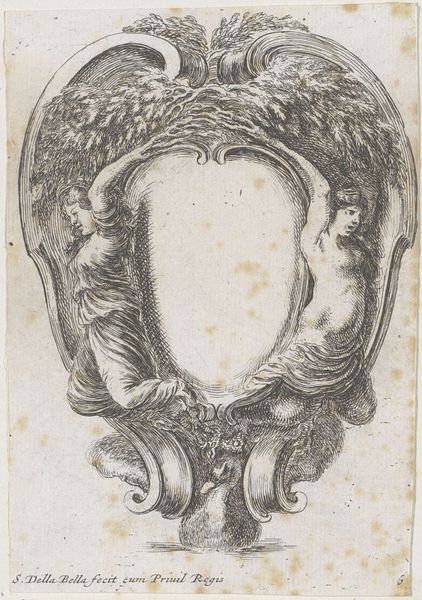
Dimensions: width 275 mm, height 443 mm
Copyright: Rijks Museum: Open Domain
Curator: Let’s take a look at this striking drawing, "Anatomische studie van de heup," created around 1685 by Pieter van Gunst. It’s currently held in the collection of the Rijksmuseum. What's your immediate response to this piece? Editor: I'm struck by the clinical yet almost reverential depiction of bone. It's not just anatomical; there’s a tangible materiality conveyed through the shading and pencil work. It really brings forward the craft and time involved in its making. Curator: Absolutely. Van Gunst’s background deeply informs this piece; he was both a draughtsman and printmaker. This drawing, made with pencil, reflects the intense focus on anatomical accuracy that became central during the rise of scientific inquiry in the Baroque period, heavily influenced by Enlightenment thinking. How did representing the human body become so important in intellectual discourse? Editor: Because the body, as an object of both labour and vulnerability, became critical to notions of both productivity and social worth. These anatomical studies, with their meticulous rendering of bone structure, are ultimately a product of their environment, and a clear expression of labor and skill. But what about the object there near the bones? Curator: Yes, interesting isn't it? Some suggest this small flagon with death’s heads could signify 'memento mori' but perhaps also functions to give scale and draw the viewer's eyes downward? It serves to amplify the conversation around mortality and how scientific endeavors intersects with this human condition. How does its inclusion impact the perception and context around this anatomical subject? Editor: It elevates the function of what would be just an anatomical sketch. It's not *just* the bone structure being represented here; but labor and craftsmanship with specific purpose—almost like an item being offered in the process of making itself as a thing, and with all that human action involved, even if only indirectly via its connection with medicine. Curator: I agree, and seeing it through this lens is so enriching. Editor: Indeed. It really shows us how seemingly disparate elements like scientific illustration, craft, and social anxieties could intersect in a single piece. It gives me a newfound appreciation for the sheer number of hands involved with pieces like this.
Comments
No comments
Be the first to comment and join the conversation on the ultimate creative platform.
